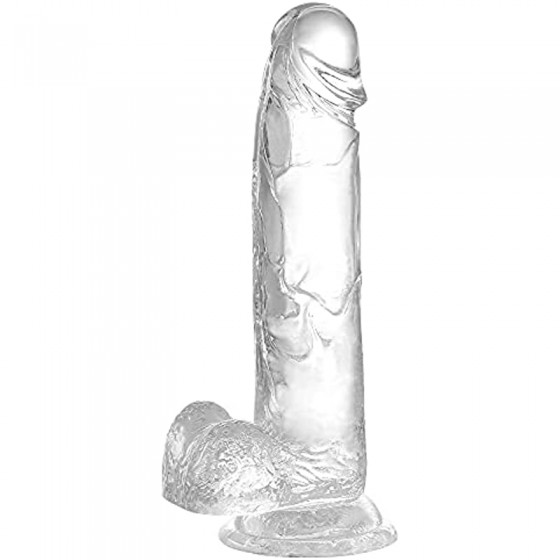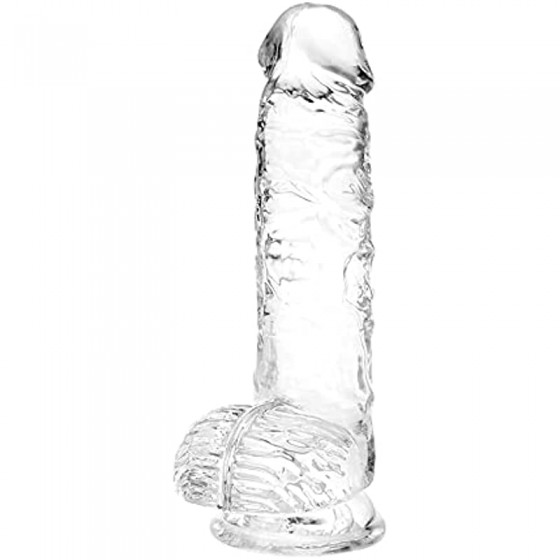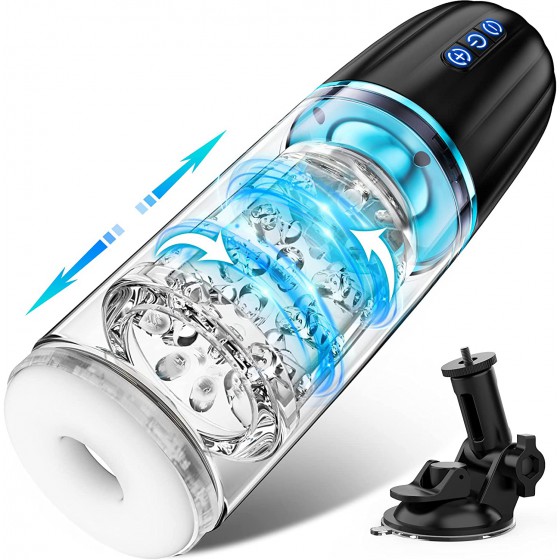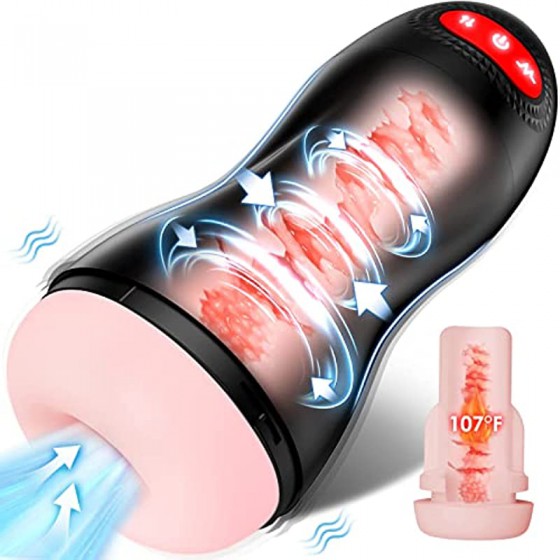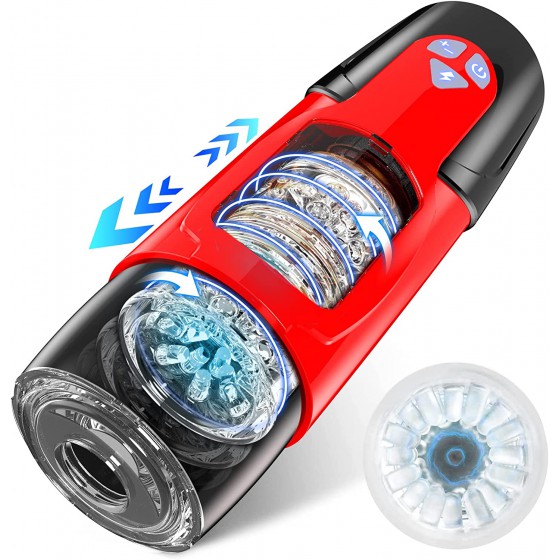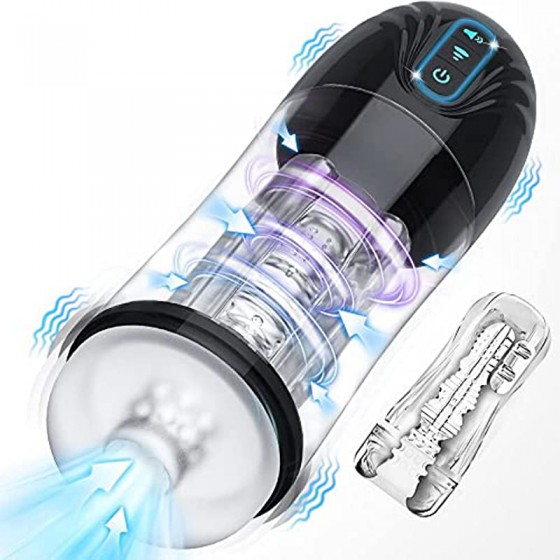Should you shave your beard or not pull it out?
Beard is a type of hair, which is structurally divided into three parts like hair on other parts of the body: the part exposed outside the skin is called the hair shaft, and the part buried inside the skin is called the hair root. The expanded part at the end of the hair root is called the hair bulb, and the recessed part at the lower end of the hair bulb is called the dermal papilla. The dermal papilla contains nerve endings and blood vessels, which supply nutrition to the hair and receive the sensation of the hair. The bag-like structure around the hair root is called a hair follicle, which communicates with nearby sebaceous glands. As long as there are hair bulbs, hair papillae and intact hair follicles, hair can regenerate. It’s not just pain when you pull out your beard. And only the hair shaft and hair roots are pulled out. Because the hair bulbs, hair papillae, and hair follicles cannot be plucked out, beards can still grow back. Although hair follicles cannot be pulled out when plucking beards, facial skin, hair follicles and adjacent sebaceous glands can easily be damaged. Bacteria attached to the surface of the skin will take advantage of the situation and cause inflammation of the hair follicles and sebaceous glands to form boils. The area where the beard is located is what is called the "danger triangle" in medicine. Infections that occur in this area can easily spread and cause more severe inflammation. If it spreads to the cavernous sinuses in the cranial cavity, it may cause meningitis or sepsis.
So don’t pull out your beard if it grows long. You can shave it off with a razor. Why is it said that pulling nose hair is harmful? The large nasal cavity is the door to the respiratory tract, and the nasal hairs growing on the nasal mucosa are sentinels at the door to the respiratory tract. The nasal cavity is the channel for gas exchange between the human body and the outside world, and the nose hairs located on the front line are responsible for blocking dust and bacteria from entering the body with breathing. The dust and bacteria blocked by the nasal hairs are then stuck to the mucus secreted by the nasal mucosa, forming nasal mucus and excreted from the body. The nasal mucosa can also secrete immunoglobulin A to surround and destroy invading germs. For larger foreign objects, such as bugs and grass clippings, nose hair not only blocks them from entering the nasal cavity, but also transmits messages to the nervous system, causing sneezing to expel these foreign objects. Knowing the physiological functions of nose hairs and nasal mucosa, it is not difficult to understand why pulling nose hairs is so harmful. Pulling out nose hair is equivalent to removing the sentinel guarding the door of the respiratory tract. Dust and bacteria can enter the human body unimpeded and cause illness. While plucking nose hair, the mucous membrane on which the nose hair grows is also damaged. This not only affects the function of the nasal mucosa in secreting mucus and immunoglobulin A, but also helps bacteria take the opportunity to enter the damaged nasal mucosa and cause inflammation of the nasal mucosa. The result of pulling out nose hair is to weaken the ability of the nasal cavity to defend against disease.
Therefore, plucking nose hair is harmful but useless. "Danger Triangle" Where is the Danger? An isosceles triangle is made with the root of the bridge of the nose as the vertex and the line connecting the corners of the mouth as the base. This triangular area is called the "danger triangle" of the human body. It includes the upper and lower lips, the nose, and the main frontal organs on both sides of the nose.
The reason why the Danger Triangle is dangerous is that the blood supply in this area is particularly rich. The arterial blood supplying the face is metabolized into venous blood. Venous blood on the face mainly flows back to the heart through the internal jugular vein through the anterior facial vein, posterior facial vein, maxillary vein, and ophthalmic vein. These veins branch off from each other on the face to form a dense blood vessel network that communicates with each other. The anterior facial vein communicates with the ophthalmic vein at the medial canthus of the eye, and the posterior facial vein communicates with the anterior facial vein deep in the lateral pterygoid muscle through the pterygoid plexus at the origin of the maxillary vein. The ophthalmic veins and pterygoid plexus are directly connected to the cavernous sinus, a network structure composed of intracranial capillary networks. Secondly, compared with the veins in other parts of the body, facial veins lack a device to prevent blood from flowing back - venous valves. From this point of view, once an infection occurs in the danger triangle, it can easily cause inflammation to spread throughout the face. If the bacteria-carrying blood flows back into the skull, it will cause intracranial infection and be life-threatening.
This article comes from adult.6kmall.com and is published by netizens. This site only quotes it for reference. It does not mean that this site agrees with the views of the article. If you believe that the content and intellectual property rights of this article infringe upon your interests, please contact us.


